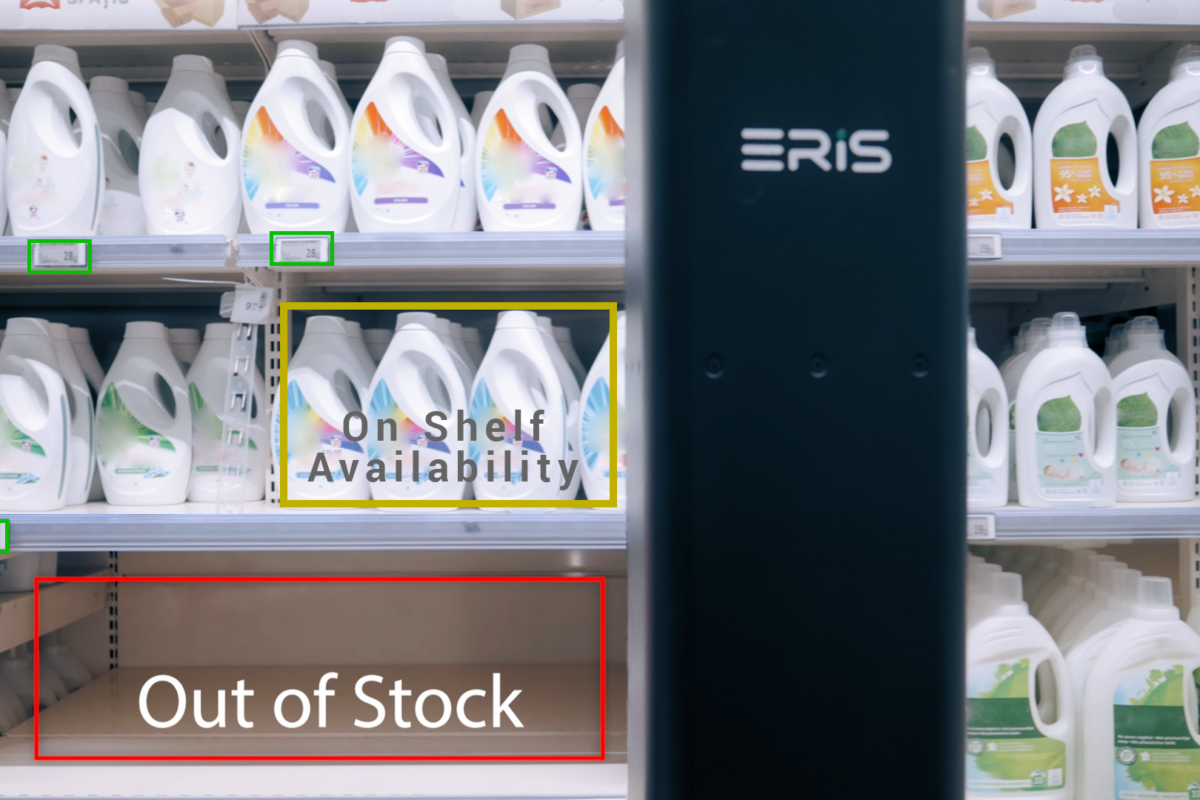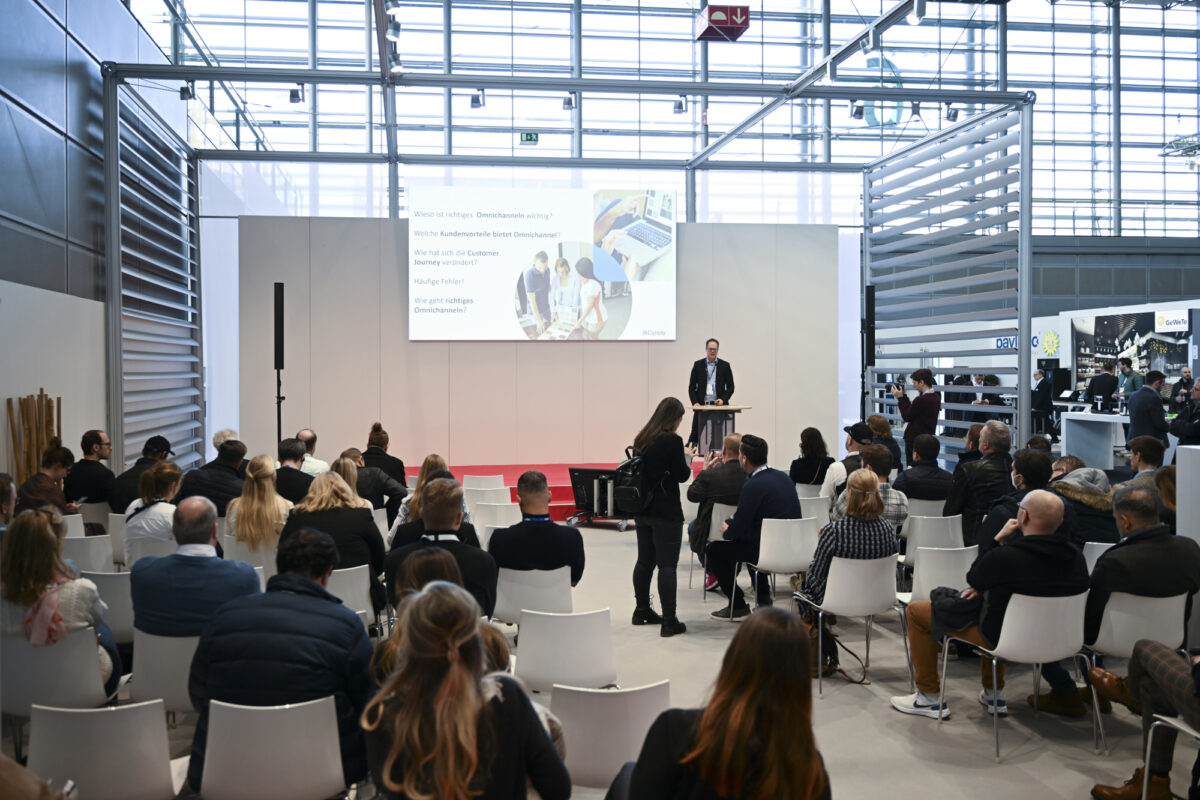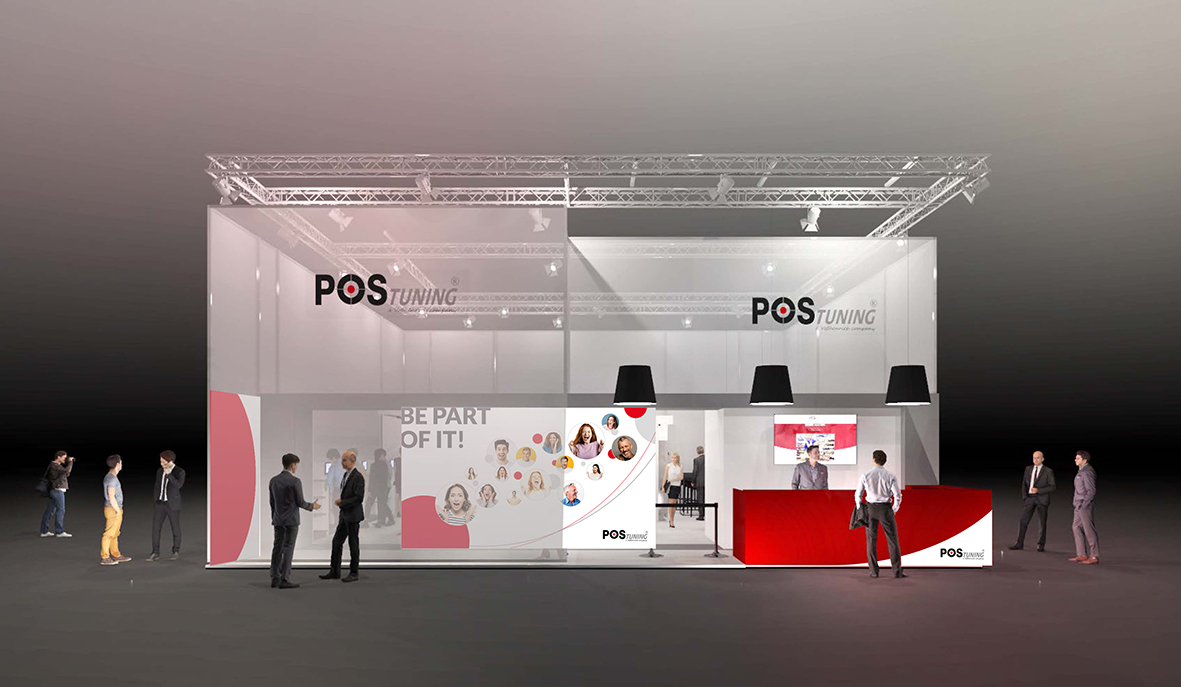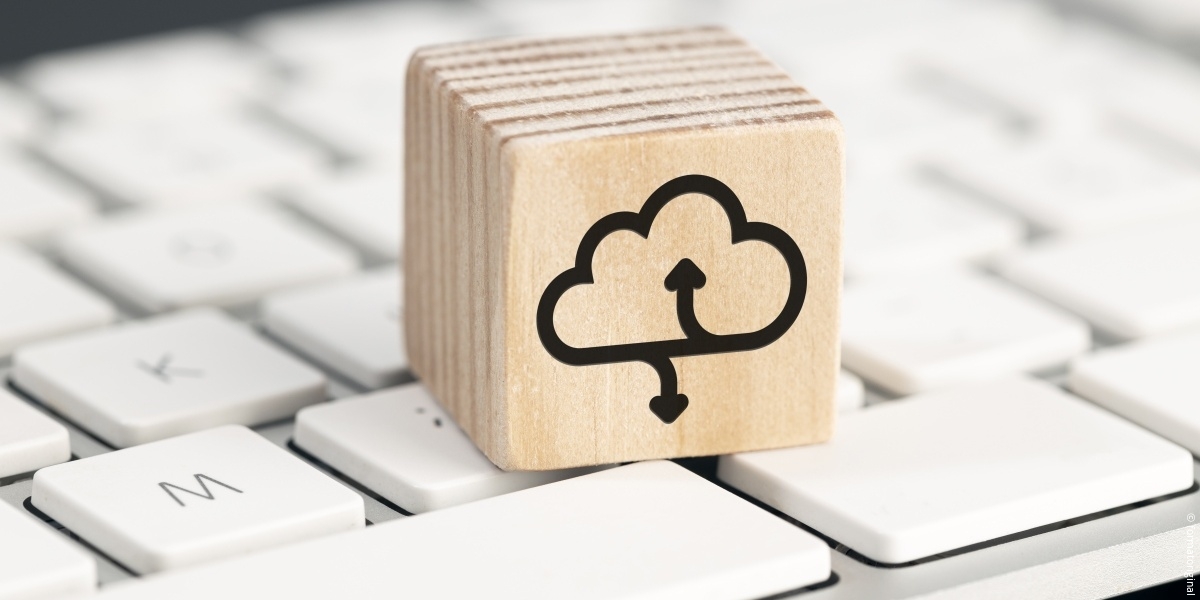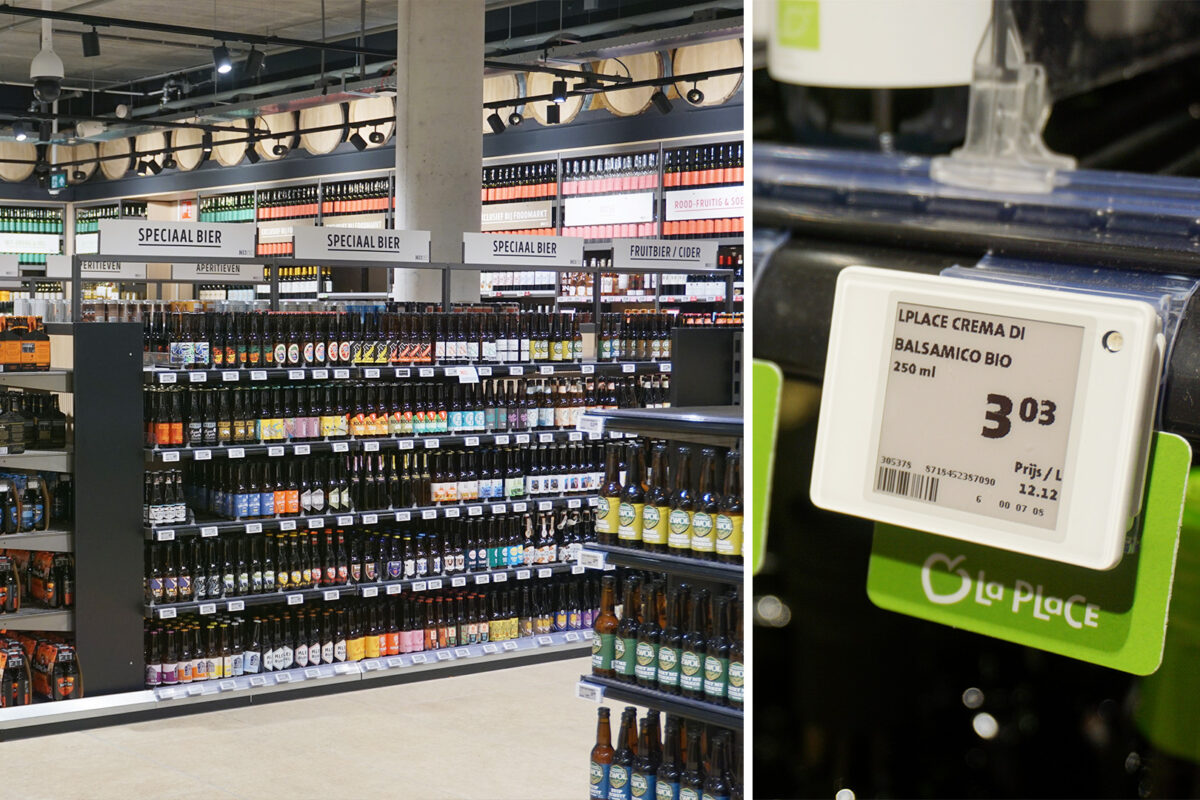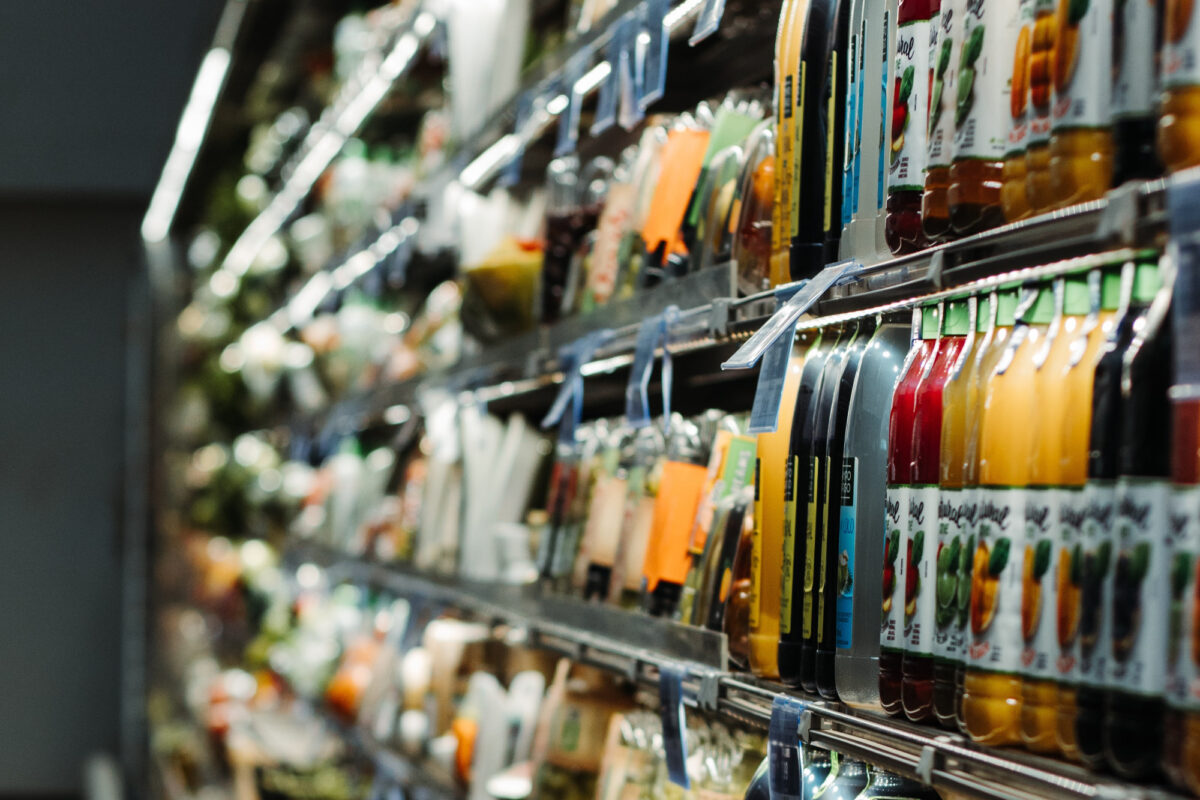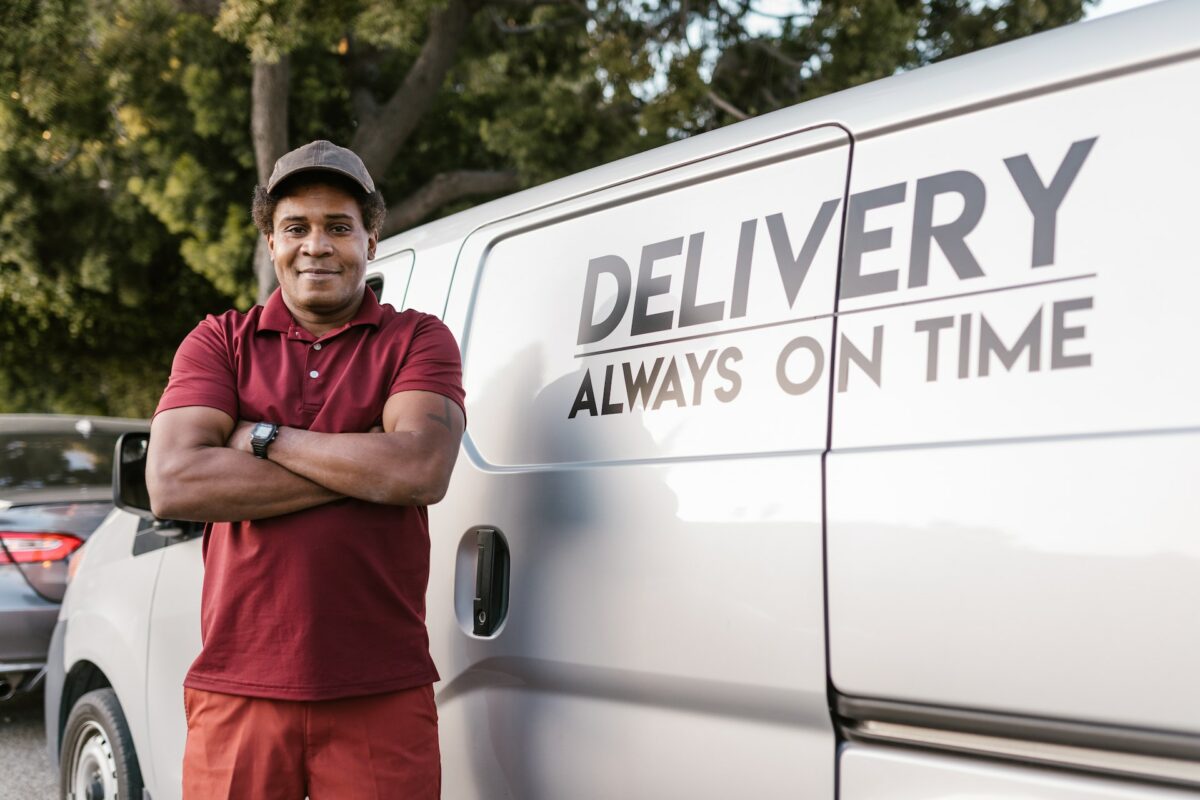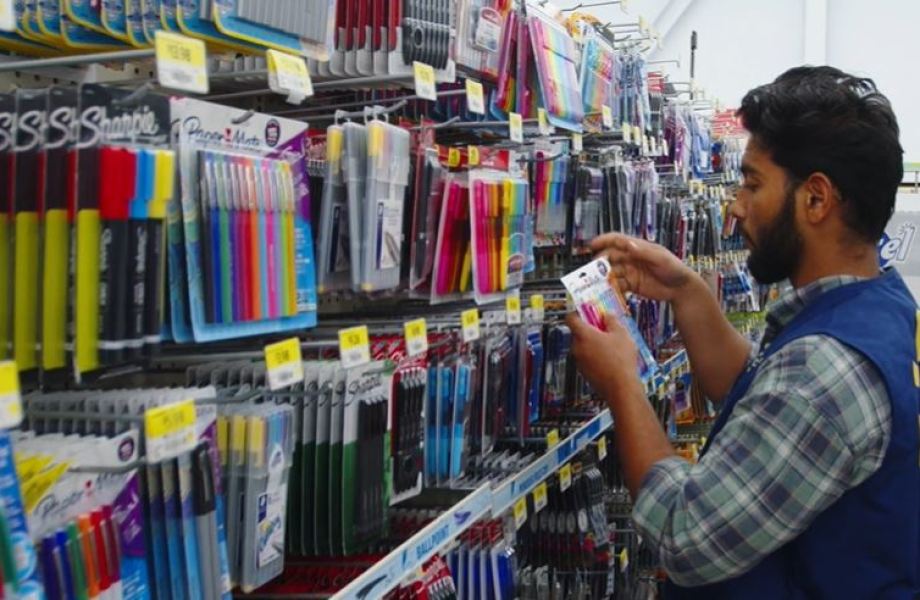How the coronavirus pandemic is changing the way we use retail spaces and is generating new store concepts
by Julia Pott (exclusively for EuroShop.mag)
What is the layout of brick-and-mortar stores? How are retail spaces used in city centers? How do products reach customers? The answers to these questions have been rewritten at a tearing pace for quite some time. Several triggers have prompted this development, including an increase in online shopping, changing customer behavior and expectations, real estate prices in metropolitan areas, and many other factors. Added to this is a recent accelerant known as the COVID-19 pandemic.
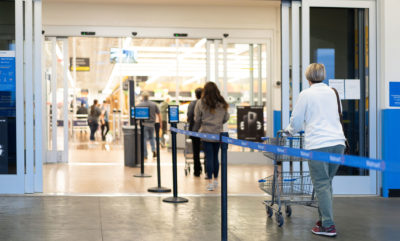
© Walmart
Large department stores in city centers with jostling customers that fill their shopping carts to the brim are a dying breed. Besides, shopping environments have changed amid the coronavirus pandemic: strict hygiene practices that involve social distancing guidelines and face masks, long lines due to limited capacities, and even the occasional empty shelves are nobody’s idea of an exciting shopping experience. Small wonder that more consumers than ever resort to online shopping versus braving an in-person visit to a traditional brick-and-mortar store.
That means that some stores have attractive retail spaces in the city but lack the customers that take advantage of them. At the same time, retailers and their logistics systems often cannot keep up with evolving customer expectations for fast, accurate delivery. This begs the question:
How will retailers use their central retail spaces in the future?
They can choose between multiple models:
Usually, central spaces in towns are earmarked for traditional retailers that keep a certain number of products always in stock. In contrast, online retailers and pure players establish their warehouses and distribution centers outside the city, somewhere in the middle of nowhere near a highway.
But all that’s changing:
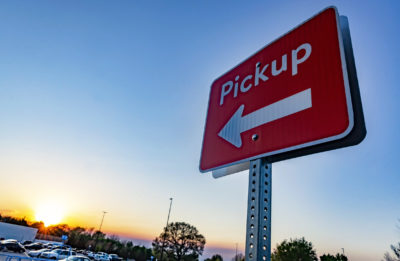
© Walmart
Many grocery retailers have assigned order pickers to handle increasing online orders. The pickers go to the store’s retail shelves to fill customer shopping carts. Customers can then pick up their order at pickup points or automated pickup solutions without the need to enter the store; alternatively, customers can choose curbside delivery, where items are brought straight to the customer’s vehicle in designated parking spaces.
Kroger and Giant Eagle are two examples of grocery chains that have converted entire stores into pick-up only venues. Pickers are the only ones allowed in the stores to process the many orders amid the coronavirus pandemic. These temporarily closed stores – called dark stores – are turned into fulfillment centers and warehouses. (Admittedly, it’s not a new concept as it has been adopted in the UK since the early 2000s). Other retailers have utilized dark stores to fulfill delivery and pickup orders as well. In a press release from March 2020, Bed Bath & Beyond announced how the retailer plans to enhance its e-commerce and distribution resources and capabilities: “This includes increasing local fulfillment capabilities by utilizing some stores being temporarily closed to the public across the US and Canada, to serve customers in their homes.”
Retailers have tried to one-up each other to see who can ship the fastest – options run the gamut from same-day delivery, 2-hour delivery service to super-fast delivery in 15 minutes. This is where retailers can seize the opportunity to turn urban stores into fulfillment centers. The central location shortens (last-mile) routes and promotes faster delivery.
Industry experts agree that the online shopping trend – especially in the grocery retail industry, which has seen a massive coronavirus-fueled sales boost – is expected to continue post-pandemic. Many consumers who have now come to know and appreciate these services will likely continue to shop online in the future. As people return to stores, they also prefer to shop locally again, seeking nearby venues with a wide variety of products. Despite the challenge to deliver their products to customers in a timely and efficient manner, retailers are now also given the chance to unlock new opportunities to attract new customers in their immediately vicinity.
More shipping from stores and fewer customers in stores?
This means that order management and logistical processes take up more space and manpower, while there might be a decrease in the average retail sales area.
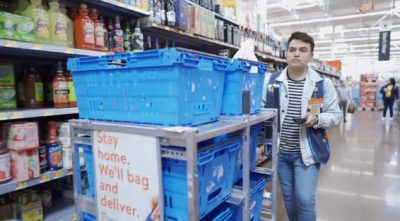
© Walmart
Back office operations must be adapted accordingly. A store that isn’t designed for browsing customers, but functions as a warehouse, can have an entirely different setup to improve picking and packing efficiencies and optimize delivery handover. Scalable solutions to automate specific process workflows are thus in high demand. Many applications are already underway or are being tested, including wearable barcode scanners, inventory robots, picking robots, automated shuttle systems, self-driving containers or packaging systems. Retail chains must also facilitate seamless integration into their business operations: How do you optimize order fulfillment based on channel and store?
A hybrid model poses a special challenge: In this case, part of the store allows customers to shop as usual, while another section is used for order fulfillment purposes. Walmart, Target, and Albertsons are just some retailers who have established so-called micro-fulfillment centers, a dedicated space for order fulfillment that is located inside an existing store. Another conceivable option are vending machines that find and extract products from a retailer’s warehouse to fulfill customer orders 24/7.
More fulfillment space in stores means less space for customers. Not necessarily a bad thing because there are other innovative ways to use the sales floor.
What might this new in-store shopping experience look like?
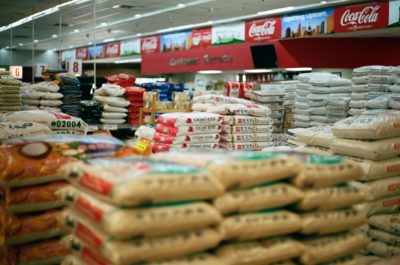
© Sonder Quest / Unsplash
If customers get used to not buying most of their products in a brick-and-mortar store and taking them home with them, but actually utilize solutions like Click & Collect, pick-up points, drive-through services, and deliveries, featured products can take up more space and are allowed to shine. This facilitates better product storytelling and lets customers experience the product features. It also frees up space for consulting and customer service because retail employees no longer have to stock shelves, take inventory, and run the cash register at the same time. One example of this is the Samsung Showcase located on the Zeil in Frankfurt, Germany. The electronics store focuses on showcasing the Company’s products in great, vivid detail and in an experimental format. Customers keep engaged as they experience the products but they can’t purchase any of the items at the Showcase location.
In early August, the Wall Street Journal reported that Amazon is in talks with Simon Property Group, the largest shopping mall operator in the US, about taking over vacant retail spaces in US cities and turning them into Amazon fulfillment centers. If brick-and-mortar retailers cannot find their own solutions to quickly and conveniently get their products to their customers, Amazon will once again be ready to step in and take over. In an interview with CNN, Patrick Keller, CEO of Annanow, a digital platform that connects retailers and courier services, cautions brick-and-mortar retailers to adapt quickly to stay relevant: “Because your competition is not the guy next door, it’s the big pure onliner. Your brick and mortar [business] is fine because you are where the customer is […]. That’s an advantage to the pure onliner out there. But you have to use this advantage.”






